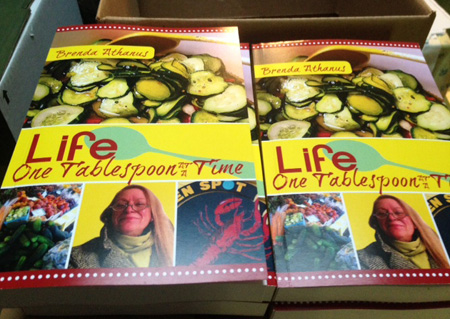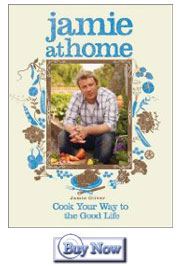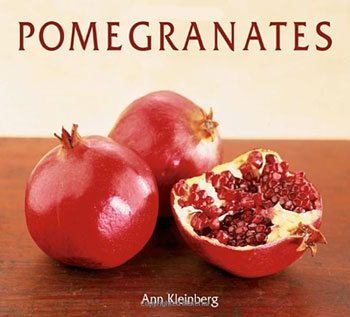
Excerpt from Recipes from an Italian Summer by The Silver Spoon Kitchen, a collection of 400 never-before-published recipes that capture the essence, ease and freshness of Italian cooking. With beautiful photographs of the Italian countryside and many of the dishes, this book will inspire you to create your own perfect summer event.
Cooking outdoors is the perfect way to entertain during the summer months, and the scents and sounds of cooking on the barbecue create a wonderful appetite for a feast. Another advantage is that cooking on a barbecue means that nobody has to spend their time in the kitchen. A good barbecue should be very simple, and only requires good-quality ingredients to be grilled over hot embers, seasoned with salt and pepper, and perhaps drizzled with a little extra-virgin olive oil.
In Italy, the ancient Chianina breed of cattle produces steaks so highly prized that strict rules accompany the technique for grilling them, such as never pricking the meat with a fork so that tasty juices cannot escape. There are also many fish and vegetables that can be grilled very successfully, such as radicchio, eggplants, shrimp, and sardines. These are often cooked with fresh herbs and dressed simple with lemon and extra-virgin olive oil.
The recipes here can also be cooked indoors in a broiler, if a barbecue is not available. All they need to accompany them is a sald and some good bread.

 I always think one of the nicest things to bring home from vacation is a souvenir cookbook from a spot you love. Miz Wilkes’ Boarding House in Savannah comes to mind and on the other end of the spectrum, Nobu or Suzanne Goin’s pick one (AOC, The Tavern, The Larder...).
I always think one of the nicest things to bring home from vacation is a souvenir cookbook from a spot you love. Miz Wilkes’ Boarding House in Savannah comes to mind and on the other end of the spectrum, Nobu or Suzanne Goin’s pick one (AOC, The Tavern, The Larder...).


